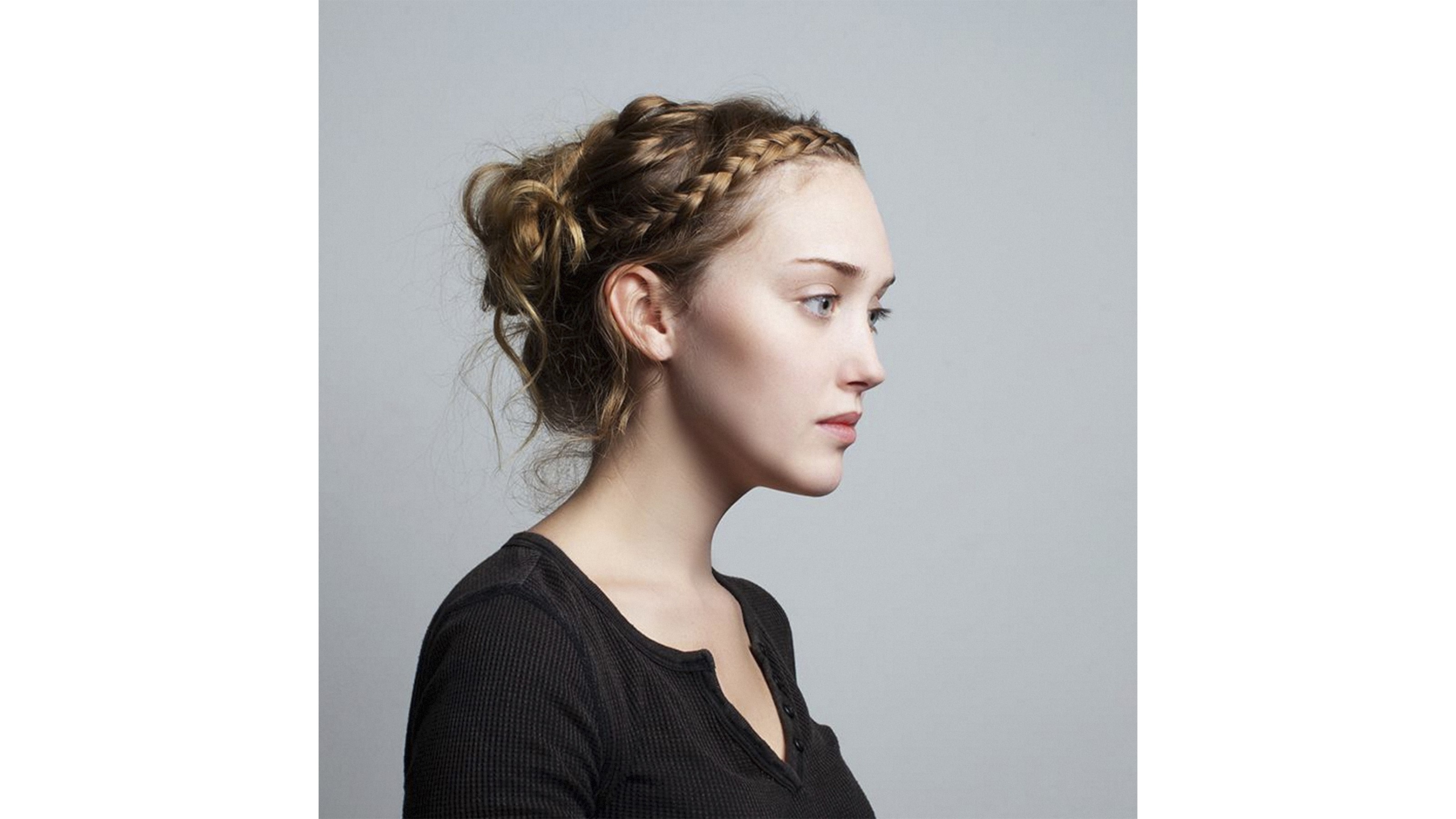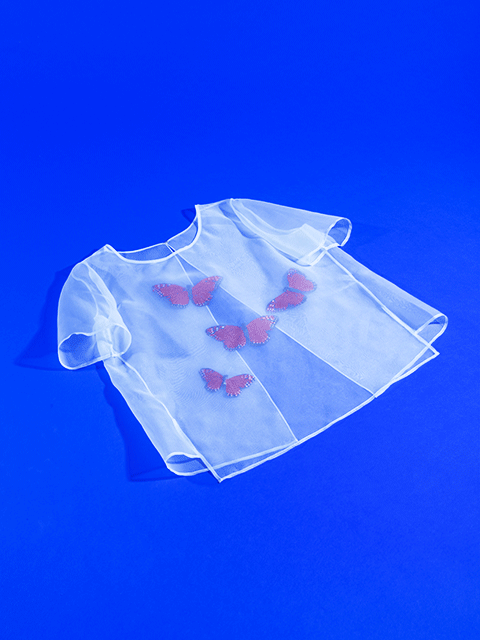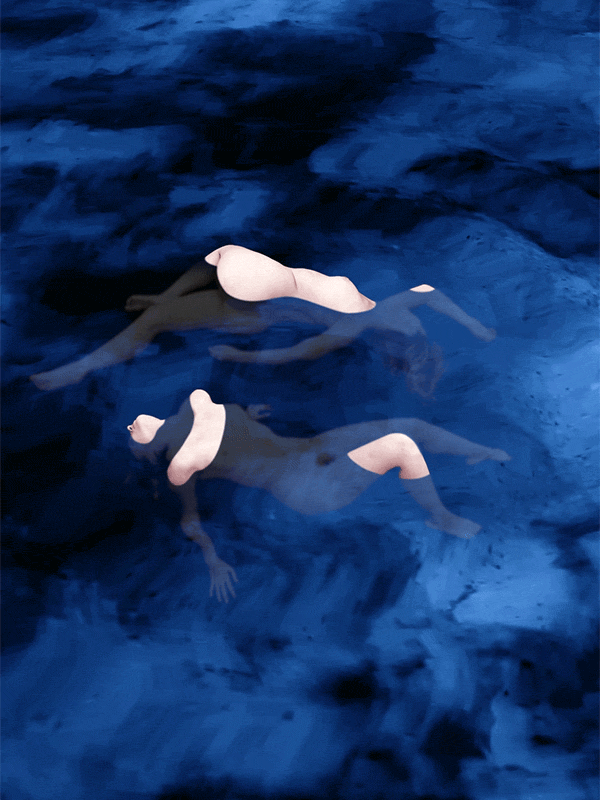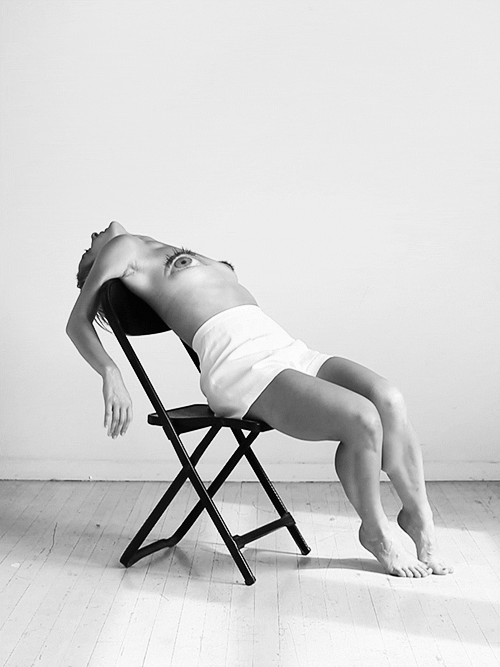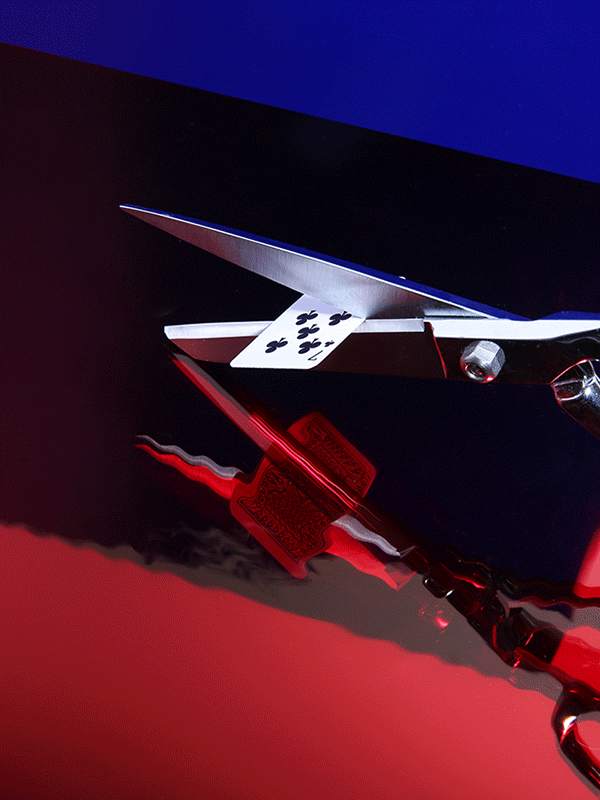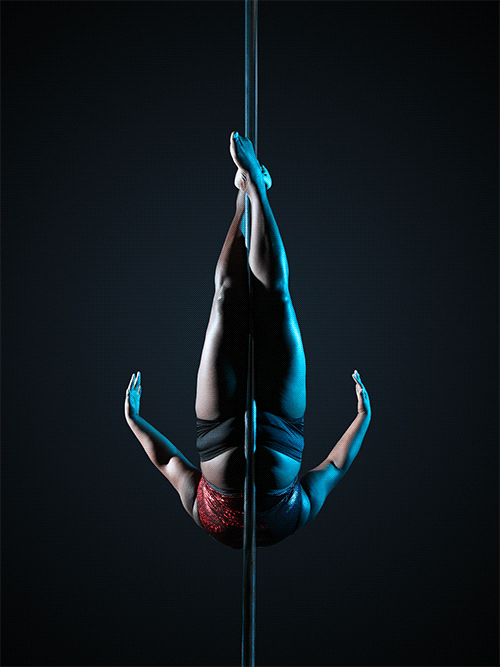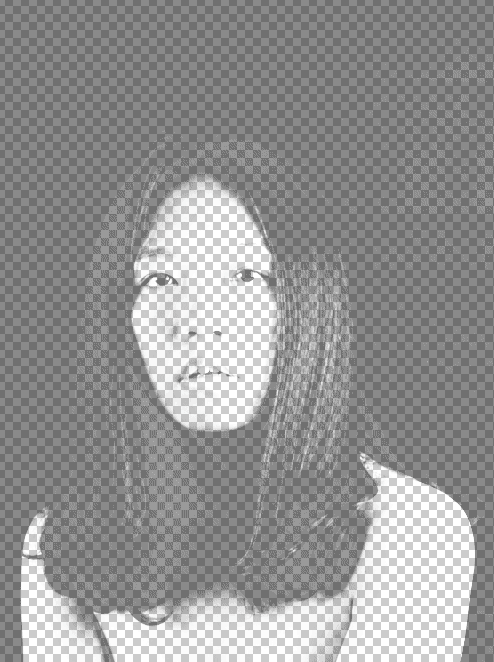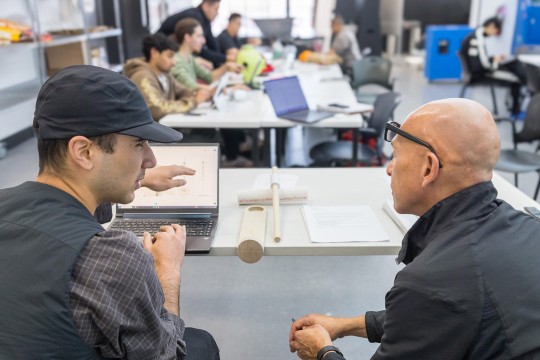GIF guru Cannon's career explodes during, after time at RIT
Photo of RIT photo alumna Sam Cannon, who created all of the images that are displayed below.
Sam Cannon is a full-time freelance photo, video and GIF artist with a client list so noteworthy and dazzling it would be easy to mistake it for that of a longtime industry veteran’s.
Truth is, Cannon is a little more than three years removed from being a student in the College of Art and Design at RIT. Yet, the 2014 fine art photography alumna, despite being in the professional world for a short time, has had her works commissioned by super-recognizable companies that people know from a young age.
Nike. MTV. Gap. American Eagle. Tumblr. St. Ives. Universal Studios. Lipton. Converse.
She’s worked with all of those commercial clients, and then some.
Cannon specializes in creating short, looping animations for brands in fashion, food and beverage and editorial. In other words, she is a GIF guru.
At the same time, she’s well-versed in many areas of media. In fact, she was one of the photojournalists whose work was featured in “Election Day: Lens Across America.” The documentary tells the shocking story of the 2016 presidential election through the lenses of photographers across the nation — including Cannon — who captured images throughout election day.
Now based in New York City, Cannon is from South Carolina and grew up splitting her time between there and West Palm Beach, Fla. So you bet she cried the first time she saw snow her freshman year at RIT. But she also made a lot of snow-related GIFs, with this one receiving more than 1 million notes on Tumblr.
While the Rochester snowflakes brought her tears, they also served as a tool Cannon utilized to grow her social-media presence, which is now colossal, with over 36,000 Instagram followers.
Becoming a popular Instagram follow and highly sought-after talent doesn’t happen by accident. Cannon mastered what an Internet audience craves in today’s digital world — motion — and capitalized on social media being another platform for a portfolio.
We caught up with Cannon to delve deeper into the genesis of her GIF making and captivation and find out more about some of the large commercial gigs she’s had while at RIT and since graduation.
Question: Can you provide an overview of what you’ve been up to professionally since you graduated from RIT in 2014 with a BFA in fine art photography and minor in imaging systems technology?
Sam Cannon: After graduating I worked as a video editor and retoucher while saving money and building my client list/portfolio. I did this for about a year before I began shooting full-time as a freelancer.
Question: Speaking of your client list, it’s both extensive and impressive, especially for a young professional. Besides a strong work ethic, what has it taken to get yourself into a position where you provide work for such esteemed companies?
Answer: The two main ways that potential clients find my work is through word of mouth and social. Because of that, I think two of the most important tips for keeping work coming in is to provide a great experience for those you are currently working for, and keep your portfolios updated (including your work on social platforms).
Question: How exciting is it to consistently provide content for businesses that are household names?
Answer: It has been really amazing, and not at all what I expected to be doing a couple years out of school. I know that utilizing the Internet as a space to share my work and grow my brand was key to jumpstarting the career I have, and if I had graduated 10 years earlier my path would have been very different.
Question: What are one or a few of the favorite photography assignments you have had — either post-graduation or at RIT?
Answer: My senior year at RIT I was asked to fly to Hawaii to shoot a job for St. Ives. It was the dead of winter in Rochester so that job was a dream come true. It also was responsible for the worst sunburn I have ever received, but totally worth it.
Question: When was your first substantial photography assignment?
Answer: The first commercial job I did while in school was for Nike — this was the summer of my junior year. When I returned to school that fall I was asked to cover New York Fashion Week for Tumblr and the work/connections I made there were invaluable to me after graduation.
Question: How important were those freelancing chances you had in college in preparing you for what was ahead?
Answer: Aside from the experience of communicating with clients for the first time (which was terrifying), I think the most valuable insight the early jobs offered was into my own desires post-graduation. Up until that point I wasn’t sure if I wanted to be shooting commercially. Part of my doubt was coming from a place of fear, but part of it was also just due to not being able to imagine what that life could look like.
Once I had a taste and realized how much I loved it, it made all the hard work that was necessary to get to this point much easier because I knew it was what I wanted.
Question: You do a lot with your camera and use it to create a variety of media, from stills to videos to GIFs, etc. Do you prefer producing a specific format over the rest?
Answer: I am obsessed with motion, specifically looping motion. The way I collect the footage and the way I export the final image is of less importance to me. I love experimenting with many different methods of shooting and editing.
Question: GIFs and short videos, obviously, are ubiquitous right now, as they’re found on countless platforms. How interesting has it been to hop into the industry at a time where it’s evolving like never before, and at such a fast rate?
Answer: I would like to say that I had some insight into how the format was going to explode, but really I just started making GIFs because I loved them. I loved working with motion, but didn’t have the time/interest to make longform video pieces. GIFs became a way for me to experiment and create motion pieces with the little free time I had while in school.
I also really loved the challenges the format provided and was able to use the technical skills I was developing at RIT to create higher-quality GIFs. I found it was the thing I was most passionate about and put all of my time and energy into — and the fact that I was able to build a career out of it is absolutely amazing. But I know that I would still be making GIFs in my free time today regardless of what job path I had taken.
Question: When did you get into making GIFs? Also, what’s the process you go through to cater them to clients’ needs? What’s maybe a typical ask from a company when they hire you?
Answer: I started experimenting with GIFs my freshman year at RIT. Sometimes a client wants a GIF, sometimes they want a video for social — the actual format isn’t important. What is important is figuring out the story they want to tell and coming up with a fun and creative way to tell it. I’m lucky in that most of the shoots I do I get to conceptualize.
Question: You have over 36,000 Instagram followers. An eye-opening number for someone a few years removed from college graduation. How did you generate such a following and credibility?
Answer: The first platform I began sharing my work on was Tumblr. When I started making/sharing GIFs, there was no Instagram video, no Vine, no Snapchat. Tumblr was the best place to share GIFs and had a community that really loved experimentation and creativity.
While in school I built my Tumblr following to around 50,000. I only started sharing my work on Instagram two years ago. I didn’t want to put my work on a platform that wasn’t suited for it, and Instagram’s video functionality just wasn’t there yet. Once its video quality and looping features started working really well, I began posting my work and taking the platform more seriously.
I changed my account to a business account and stopped posting personal photos — instead treating it like another portfolio. I don’t rely on tagging to grow my audience. I just post the work that I am proud of and hope that people will find it and like it too. My following grew really organically after that.
Question: Do you have a mentor or role model who has been instrumental in helping you get to where you are today?
Answer: So many. I try to learn something from everyone I have the opportunity to work with, regardless of if I’m assisting them or if they are assisting me.
The person who had the largest impact on me was Phil Toledano (Mr. Toledano) who I interned for my junior year at RIT. His work had been very inspiring to me before getting the opportunity to work for him. But his creative process, personality and support really shaped the work I was making and the artist I was becoming.
Question: When did you know you wanted to get into photography of some sort? Has it been a lifelong passion?
Answer: I started making little movies and stop animations when I was 9 or 10. Then I went to an arts middle school and high school, where my focus was in photography and filmmaking. I was never sure how I was going to choose between the two. Even when I was accepted to the photo program at RIT, I contemplated a double major in film.
In the end it would have been too much to take on, but the flexibility of the fine art photo program allowed me to experiment with motion. Ultimately, I found a space somewhere between photography and video that I could create in. It felt like I had finally found what I was looking for.
Question: Your last name is fitting for someone who has made a career out of photography. Probably an easy, lazy question to ask, but are there any parallels between your start in photography and a well-known camera corporation possessing the same name as you — albeit, with a different spelling?
Answer: People do ask me this all the time. Whenever people need to write my name down I’ve gotten in the habit of saying “Sam Cannon ... like the weapon, not the camera.”My parents bought me my first camera, which was a Canon, and knowing my dad I’m sure our name played a role in his choice.










